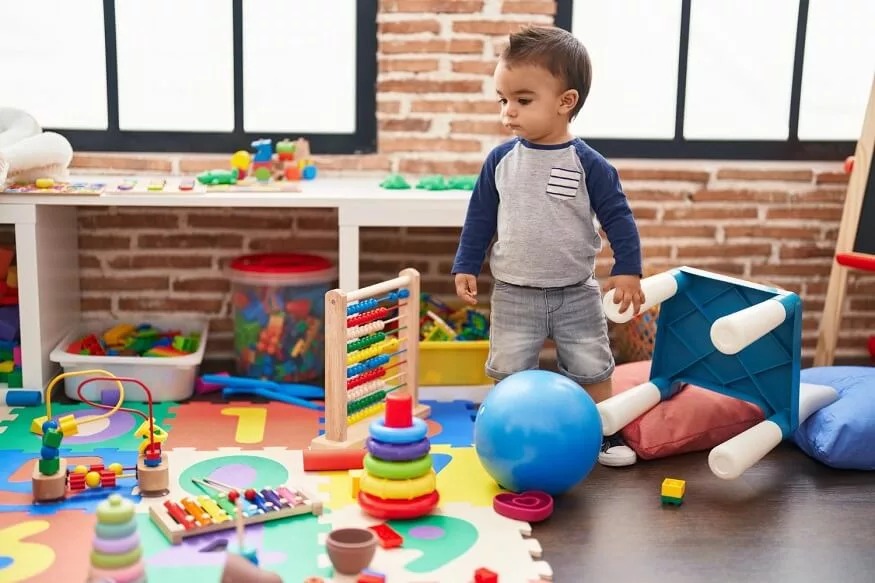Transition activities for preschoolers are small, structured tasks that help children move smoothly from one activity to another during the day. These activities are important in keeping preschoolers engaged and reducing chaos during transitions. They create a sense of routine, which helps children feel secure and ready for what’s next.
Math & ELA | PreK To Grade 5
Kids see fun.
You see real learning outcomes.
Watch your kids fall in love with math & reading through our scientifically designed curriculum.
Parents, try for free Teachers, use for free
With fun and simple transition activities, teachers can make daily changes easier for both the kids and themselves. Here are 11 fun transition activities to help you ease the change, but first, let’s understand why these are important.
Why are Transition Activities Important for Preschoolers?
- Activities for transition create a predictable routine, helping children feel more secure and less anxious about what’s coming next.
- They minimize confusion and prevent chaotic transitions, leading to smoother shifts between activities.
- Transition activities for preschoolers help refocus children’s attention, preparing them for the next task or lesson.
- By guiding children through transitions, these activities reduce the chances of disruptive behavior.
- Transition activities teach patience, self-control, and cooperation as children learn to follow cues and wait for their turn.
11 Transition Activities for Preschoolers
1. Songs and Rhymes
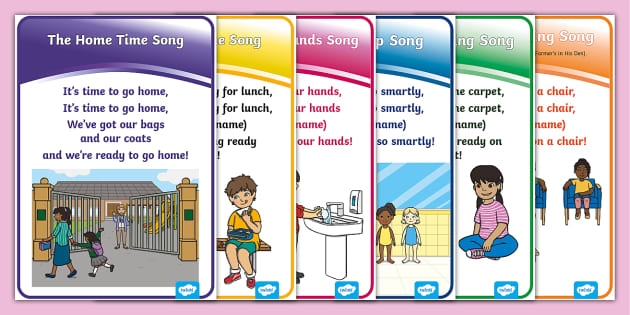
Singing simple songs or rhymes is an effective way to signal a change in activities. For example, you might sing a “clean-up” song when it’s time to tidy up after playtime or a “line-up” song when heading outside.
Preschoolers respond well to music, and familiar tunes help them understand what’s expected. Singing not only makes transitions smoother but also keeps children engaged and focused, while reducing the chances of disruptive behavior. This method is especially useful because it’s fun, repetitive, and easy for young children to remember.
Related Reading: Best ABC Song for Kids
2. Visual Cues
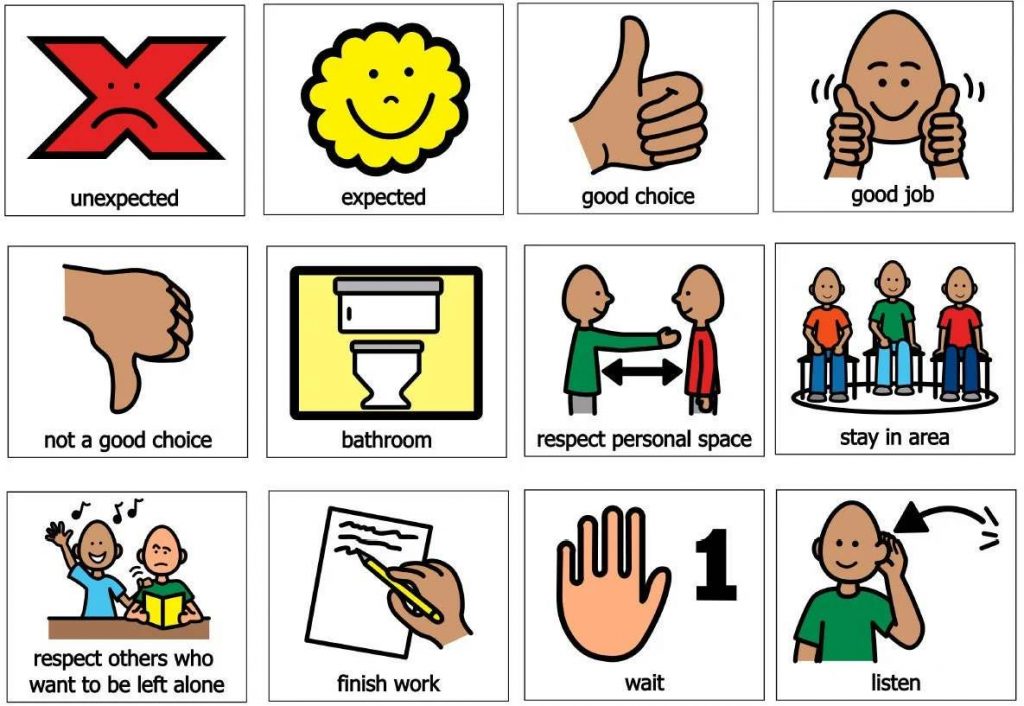
Visual cues, like pictures or symbols, help preschoolers understand the flow of their day. For example, you can use cards with images of different activities, such as a picture of a book for storytime or a playground for outdoor play. Displaying these cards on a daily schedule board gives children a clear idea of what’s coming next.
Visual cues are especially helpful for young children who may not yet understand verbal instructions well, and they provide a visual anchor that supports routine and minimizes confusion during transitions.
3. Movement Games
Using movement games during transitions is a great way to keep preschoolers active and engaged while shifting between tasks. Simple activities like hopping, tiptoeing, or pretending to be animals (e.g., hopping like a frog or walking like a giraffe) can make transitions fun. For example, you could ask the children to “tiptoe like mice” as they move from the classroom to the playground.
These movement games not only burn off extra energy but also help develop motor skills, making the transition feel less like an interruption and more like part of the day’s fun.
4. Storytime Wind-Down
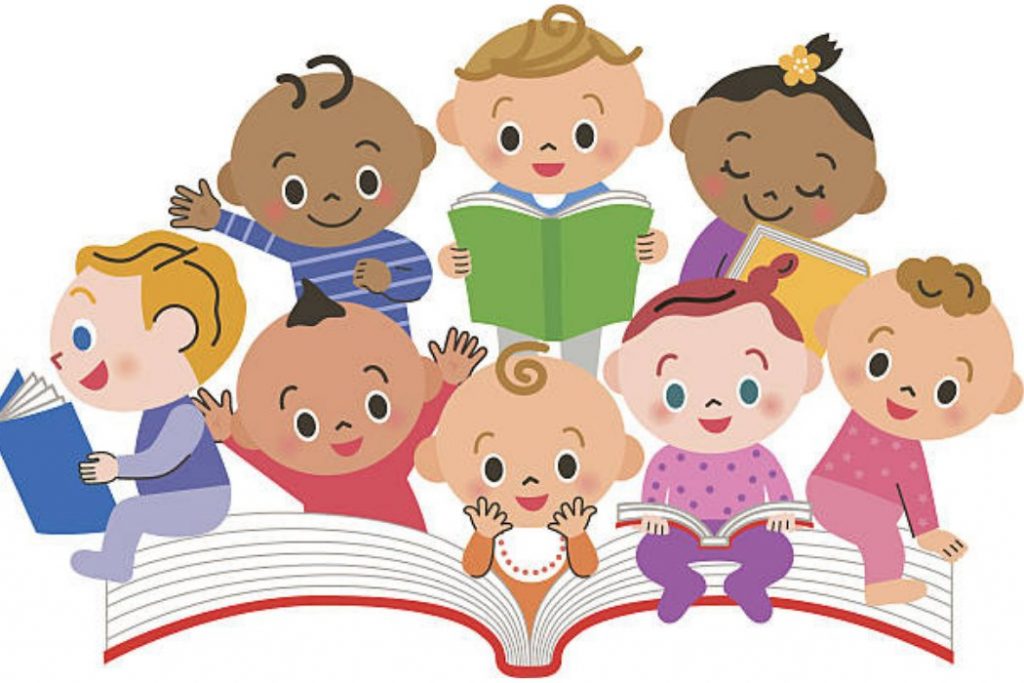
Storytime can be a calming way to transition from a high-energy activity to a quieter one. Reading a short story or reciting a quick poem allows children to settle down, shift their focus, and prepare for what’s next.
For example, after outdoor play, reading a quick story can help children relax before moving into circle time or another indoor activity. This method also builds listening skills and boosts language development while easing the transition in a structured and soothing way.
5. Countdowns
Using a countdown is a simple but effective way to signal an upcoming transition. Announcing “Five more minutes” or “3-2-1” gives children a clear warning that one activity is about to end and another will begin.
This approach helps children mentally prepare for the change, reducing resistance or frustration when it’s time to move on. You can also use visual countdowns, like turning over number cards or using a timer. The predictability helps children feel more in control and ready for what’s next.
6. Musical Instruments
Incorporating musical instruments like bells, drums, or chimes to signal transitions is a great auditory cue for preschoolers. For example, ringing a bell can indicate it’s time to clean up, or a drumbeat might mean it’s time to gather for circle time. These sounds capture children’s attention quickly and are fun for them to respond to.
Musical instruments provide a clear, non-verbal cue that helps children transition without the need for constant verbal instructions, while also creating a consistent and playful routine.
7. Group Gestures
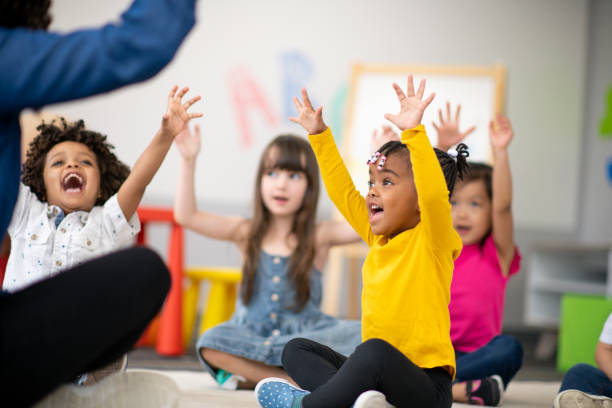
Using group gestures such as clapping, stomping, or snapping fingers is an interactive way to transition between activities. For example, you can ask the children to “clap three times” or “stomp like giants” when it’s time to line up or shift to the next task. This keeps them engaged while reinforcing listening and following directions.
Group gestures are especially useful because they require minimal setup and can be adapted on the spot to grab attention or encourage cooperation. These physical actions also help release extra energy, making it easier for children to settle into the next part of their day.
8. Mindfulness Activities
Incorporating mindfulness activities, such as deep breathing or a quiet moment, can help preschoolers transition calmly between high-energy activities. For instance, after outdoor play or a noisy session, you can ask the children to sit quietly, close their eyes, and take a few deep breaths. This helps them settle their minds and bodies, making them more prepared for focused activities like storytime or group work.
Mindfulness activities teach self-regulation and emotional control, giving children a valuable tool to manage their energy and emotions throughout the day.
Related Reading: Best Strategies to Develop Mindfulness in Kids
9. “Follow the Leader”
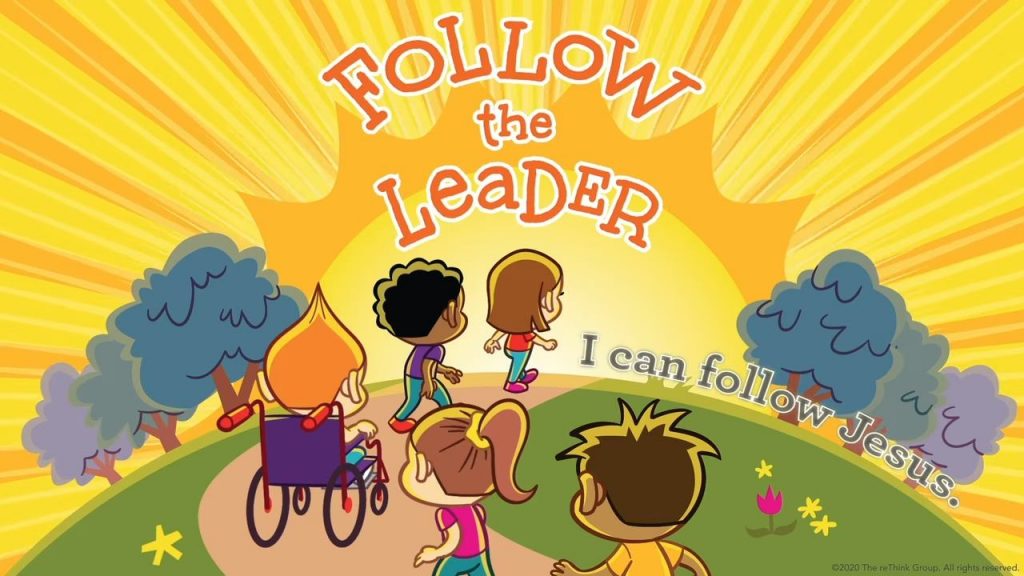
“Follow the Leader” is an engaging way to guide children from one activity to the next. The teacher or a chosen student becomes the leader, and the rest of the group follows, mimicking their movements.
For example, the leader might hop, walk like a dinosaur, or tiptoe as they move to the next activity. This is one of the most fun transition games for preschoolers. It adds an element of fun and excitement to transitions while also helping children practice listening and motor skills. It works especially well when moving between locations in the classroom or to different areas like the playground or lunchroom.
10. Interactive Question Prompts
Using interactive question prompts is a great way to keep children’s minds engaged during transitions. For example, before lining up to go outside, you could ask, “Who can tell me something fun they did during playtime?” or “What color is your favorite toy?”
This approach encourages participation and helps children focus on something positive as they shift from one activity to another. These questions also provide a natural pause in the action, giving children time to settle down while promoting language development and critical thinking.
Related Reading: Great Ice Breaker Questions for Kids to Share
11. Imaginative Play
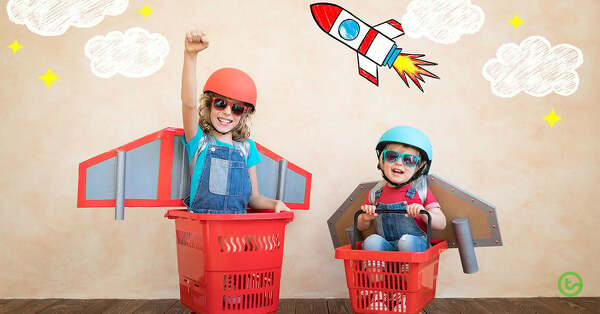
Imaginative play can make transitions exciting and creative for preschoolers. You can ask children to pretend they are animals—like slithering snakes or flying birds—or vehicles, such as driving cars or sailing boats, as they move between activities.
This sparks their imagination and makes the transition feel like part of playtime rather than a disruption. Not only does this method keep children engaged, but it also helps develop gross motor skills and creativity, while turning a necessary routine into a playful and joyful experience.
Related Reading: What is Creative Play for Kids: Its Importance & Activities
5 Tips for Implementing Transition Activities for Preschoolers in the Classroom
1. Keep Activities Brief and Age-Appropriate
Preschool classroom transition activities should be short and suited to the age and developmental stage of the children. Preschoolers have limited attention spans, so activities like singing a song or doing a quick movement game should only last a minute or two. Keeping them brief ensures that children stay engaged without losing focus or getting frustrated.
2. Be Consistent with Routines
Consistency is key to making transitions smooth. Using the same songs, signals, or gestures every day helps children anticipate what comes next, making them feel more secure and cooperative. For example, always using a bell or countdown before switching activities creates a predictable structure that children can rely on.
3. Involve All Children
Ensure that transition activities engage every child in the group. Whether it’s singing, movement, or gestures, make sure all children are participating, which prevents anyone from feeling left out or getting distracted. This also encourages teamwork and reinforces the idea that transitions are part of the group’s routine.
4. Use Positive Reinforcement
Praise and positive reinforcement can make a big difference in how children respond to transition activities. For example, compliment children who follow the transition cues quickly or cheerfully. This encourages others to follow suit and creates a more positive atmosphere during transitions.
5. Be Flexible and Adaptable
Not every transition activity will work the same way with every group of children. Be open to adjusting or changing activities based on the mood or needs of the classroom. If a song or movement game isn’t working, try something calmer or more structured. Flexibility ensures that transitions remain smooth, even when things don’t go exactly as planned.
Conclusion
Pre k transition activities are essential for keeping preschoolers engaged and helping them move smoothly between tasks throughout the day. By using simple and fun transitions ideas for preschoolers, teachers can create a more structured and positive classroom environment. With a variety of strategies, you can make every transition an opportunity for learning and growth.
Frequently Asked Questions (FAQs)
What are transitional activities?
Transitional activities are short, structured tasks or signals used to help children smoothly switch from one activity to another. They keep the day organized and prevent disruptions through fun, engaging methods like songs or movement games.
How can I help my preschool transition?
To help with transition for preschoolers, establish clear routines, use consistent cues like songs or visual signals, and involve children in the process. Keeping transitions short and positive also reduces stress and helps them adjust more easily.
What types of activities does the transition movement engage in?
Preschool transition activities often involve songs, movement games, gestures, or mindfulness exercises. These activities help children stay focused and make transitions smoother by incorporating fun and interactive tasks.

















